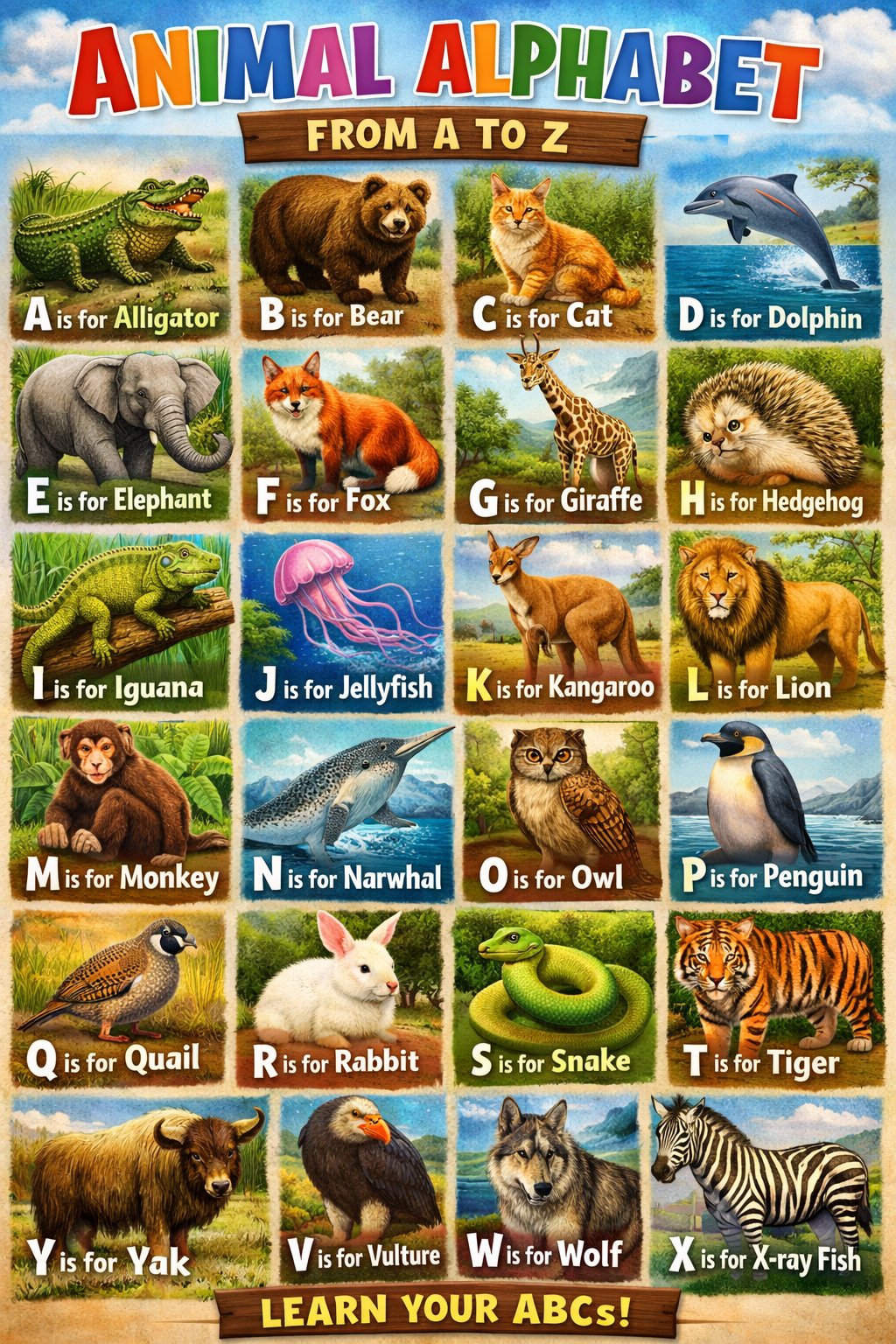Spooky season is here at last, and the latest take on Stephen King’s 1975 vampire novel Salem’s Lot is finally being invited into homes thanks to its new release on Max. io9 got a chance to talk to writer-director Gary Dauberman—a fixture in the horror realm thanks to his extensive experience in the Conjuring Universe (especially the Annabelle and Nun series), as well as his screenplays for It and It Chapter Two—about how he approaches adaptations, his love of drive-in movie theaters, what he’s working on next, and more.
Cheryl Eddy, io9: Salem’s Lot was originally meant to be a theatrical release. What was it like from your point of view, the journey that brought it to finally becoming a streaming release on Max?
Gary Dauberman: It’s like being a passenger in a car where you’re blindfolded and you don’t know where the destination is, and it feels like you could hit a wall any minute. And the car was on a bumpy road. I’m glad people can see it finally, [but] that’s kind of how it felt—fraught with anxiety and fear and frustration.
io9: The original book is doorstop-sized. What was your criteria for deciding what elements you wanted to carry over from the book, and which ones you wanted to alter and make your own?
Dauberman: As you said, the book’s really dense in a great way. One of my favorite things about King is how he populates his towns, whether it’s Castle Rock or Derry or Jerusalem’s Lot, with very real characters, and everybody feels like they could be a lead in another story. I think the biggest challenge I had is really deciding—“Ok, can’t tell his story. Can’t tell her story. Who do I need to focus on to make this into a digestible, one-sitting piece of entertainment?” It’s about really crystallizing it down to the core story elements, the core characters, while hopefully still feeling like there’s other stories that could be going on off screen that’s informing our main storyline.
That’s really the biggest challenge, and it’s the same challenge I had with It. But I was relieved to find the audience was really forgiving in terms of things we couldn’t explore for the most part. So I felt like I had a little bit more freedom to do that, because with ItI was super anxious about like, “Oh my god, we didn’t get to this, we didn’t get to that.” I felt little bit more really more comfortable doing that because I felt like we got away with it in It.

io9: Certain elements felt de-emphasized in this version of the story, especially the history of the Marsten House and Ben Mears’ backstory that ties into it. Why did you want to pull back on that?
Dauberman: Well, the Marsten House is in the movie, so you do have sort of that beacon of evil.
io9: You do get some backstory in the opening credits and there’s a couple of little lines here and there. But in the book, there’s a lot more detail about who lived there before and that kind of thing.
Dauberman: So I shot that. I have that. But you have to sort of decide what you’re telling. It became, like, “Is it a ghost story or is it a vampire story?” And it became, like, “Is this muddying the waters for the audience a little bit?” The Marsten House plays a big part in Ben’s past because it’s how he believes in vampires pretty quickly because he’s had an experience as a kid. Part of the history comes out in dialogue and stuff here and there in the movie. But it was one of those—you know, the Marsten House is a character and it’s one of those characters I kind of had to diminish a little bit in order to tell other stories.
io9: I was curious why we didn’t get Ben explaining that when he was a kid, he went into the house and had this experience. That was the one thing I really missed.
Dauberman: Gotcha. Yeah. Yeah.
io9: Like It, Salem’s Lot has been adapted before. Did you take into account choices made by the previous adaptations?
Dauberman: I don’t think about it too much because I feel like if everybody’s given the same story—if 10 people are given the same story, we’re going to get 10 different versions of that story. So I don’t really consider it. I do in terms of like, you know, with the ‘79 version, I know Pilou [Asbæk, who plays Straker] and I really liked James Mason in that, so we sort of riffed off that. Obviously Barlow leans more towards the ‘79 version than the book version. So there are influences from it, but they’re not conscious in terms of, “I like how they did that, so I’m going to do that.” You know, it informs the decision, but it isn’t the whole reason for making a decision, if that makes sense.
io9: A new addition to your take, which I thought worked really well, was the drive-in theater. What was the inspiration there?
Dauberman: Well, I do love drive-ins. My wife’s from Portland, Maine, so we spend a lot of time in Maine and there’s still drive-ins happening and all that. But really it came down to trying to find a place where—I really wanted our leads to be confronted with a bunch of vampires. I thought about community and where people gather on weekends that wasn’t necessarily church back in that era. It felt refreshing to be at a drive-in movie because that is my church, is a movie theater. So I wanted to play with that element.
In the book, they go from house to house and they kill vampires. And I thought, well, I’ve got to condense that … and it would be cool if they’re all together [at this one location] … When I thought about that set piece and the sun going down and all that, I got really excited because I hadn’t seen that before. So that’s how that came about.

io9: And even beyond that, can you talk about how your version approaches that 1970s setting?
Dauberman: I love working in the ‘70s. I was born in ‘77, but I just love the vibe. I love the texture, I love the music. I don’t know why, but it feels like a great setting for a horror movie—but it’s also the time period the book takes place in, and that was really important to me too. I had no interest in doing a contemporary version of the story. I felt like that’s a story down the road. I wanted to do what the [the book’s setting was].
It’s interesting because in Maine and places like Maine, some places still feel like the ‘50s. It kind of feels like that whatever time period the town was settled or whatever, it kind of froze there. And I thought that was kind of fun. So that’s kind of why I had Straker be a little bit more ‘70s style in his dress; it felt a little bit more removed and apart from the locals and townspeople who sort of become enamored by this foreigner.
io9: In any vampire story, the “rules,” if you will, will vary a little bit. Obviously, you had the book giving you some guidance on that, but how did you decide on what you were going to include in your movie, especially the glowing crosses? I don’t know if I’ve seen that before.
Dauberman: I hadn’t seen that before, which is why I used it. He mentions the color of God’s light in the cross in the book. And I was like, that’s kind of cool. I was trying to think about how to visually tell the story of faith and belief. And I thought about that glow and the force that belief sort of exudes from the cross; I didn’t want to do just, you know, vampires scowling and moving back and stepping back and not looking at the cross, because I feel like we’ve seen that before.
io9: I liked how you used the comic books. It reminded me a little bit of The Lost Boys.
Dauberman: The Lost Boys is probably my favorite vampire movie. It’s one of my favorite horror movies. I love it so much, and I love that it’s so fun and scary. I think that the influence of that movie is in a couple of places for sure.

io9: After Salem’s Lot you have the Train to Busan remake and the Until Dawn adaptation, as well as a Gargoyles live-action series. What is it about adaptations in particular that inspires you as a writer/filmmaker, as opposed to original stories?
Dauberman: You know, I think about this a lot. I don’t choose one over the other; I like original stories a lot. But it’s hard, also, to make original movies these days, and I love that people are doing it. I find myself telling a lot of original stories under the guise of IP, whether it be the Annabelle stories or The Nun … Gargoyles was an animated series, I loved it, and I know people my age really love it. I want people my son’s age, 14, 15, I want them to love it, too. You know, introduce them to the animated series. But also, a live action version really excites me. I think it’s really cool. And I think an audience today would really dig it.
Until Dawn—I don’t know what I can say about Until Dawn … but it’s an original story, and it’s expanding the story and more of Until Dawn. It’s a piece of a larger puzzle, the movie. So it’s not just doing the game. We didn’t want to do that. If we just did the game, I would feel like, “I just want to go home and play the game,” you know what I mean? I don’t want to sit there and watch what I could be playing at home. So I approach video games like that: how can I make it different, make it feel like it’s an additive element to the story, as opposed to just doing the story.
And Train to Busan is one of my favorite horror movies; Timo [Tjahjanto] I love as a director. I just got excited about that. But I also treated it as like—well, I think that’s an answer for down the line. But again, I try to look sometimes at adaptations as not just a straight “one to one.” It’s more about, how can I expand the story or make it feel like it sits alongside something that’s already existed?
Salem’s Lot arrives October 3 on Max.
Want more io9 news? Check out when to expect the latest Marvel, Star Wars, and Star Trek releases, what’s next for the DC Universe on film and TV, and everything you need to know about the future of Doctor Who.






